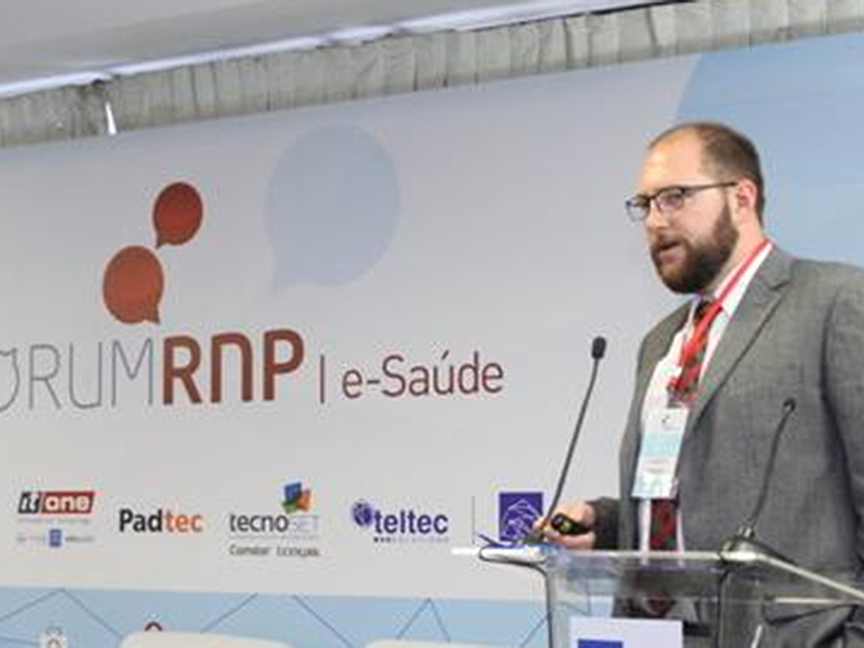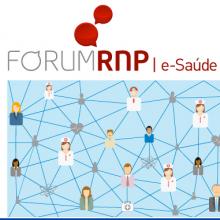The staff of the Ohio Academic Resources Network (OARnet), a member of the Ohio Technology Consortium (OH-TECH), has been working with their counterparts at The Ohio State University to deploy a Science DMZ to help accelerate research at the university. A Science DMZ is a computer sub-network that is structured to be secure, but operates outside of the performance restrictions of a firewall. The two-year funding for the project comes from the National Science Foundation’s Campus Cyberinfrastructure – Network Infrastructure and Engineering Program (CC-NIE) program.
The focus of the project is to invest in and improve campus connectivity to regional networks. One of the major accomplishments of this project was Ohio State’s acquisition of a 100 Gigabit-per-second router. This technology allows Ohio State researchers to leverage the 100 Gbps backbone of OARnet’s regional network to connect with remote collaborators.
The initial research projects that are being integrated into Ohio State’s Science DMZ span multiple disciplines. There is research being done in the Computer Science and Engineering Department by Prof. DK Panda on a data transfer protocol, RDMA (remote direct memory access) over Converged Ethernet (RoCE), that was once limited to local networks and is now being re-engineered for wide-area networks. This new development is being tested on a 10 Gbps dedicated (Layer 2) circuit between Ohio State and University of Missouri.
The RoCE protocol is being used to move medical images for the research of Prof. Ümit Çatalyürek in the Biomedical Informatics Department at Ohio State. Çatalyürek is using computer clusters with specialized accelerators (GPUs) to identify and classify the cells of a common childhood cancer, neuroblastoma, in patients.
In the realm of physics research, the Science DMZ is improving data transfer speeds of Prof. Datta Gaitonde from his lab in the Mechanical Engineering Department at OSU to a Department of Defense supercomputer center located in Dayton, Ohio, where his students conduct aerodynamic simulations.
The final group in the first round of integration with the Science DMZ is at Ohio State’s Center for Electron Microscopy and AnalysiS (CEMAS). CEMAS is using the Science DMZ to enable remote control of their specialized electron microscopes from campus classrooms and from other locations around the state.
Another product of the CC-NIE funding was the creation of the role of a performance engineer. This person is responsible for implementing the Science DMZ on campus and managing performance issues.

The novel part of this role from OARnet’s perspective is that this effort transcends the regional network. The performance of collaborative research application depends on multiple layers of hardware and networks. The limiting factor of performance can lie anywhere from an end-user’s equipment, the multi-tiered campus network with department and central IT groups, or at a regional and national network level.
The idea of a performance engineer has been embraced locally and abroad. The performance engineer’s job at OARnet – my position – involves developing contacts at all of these levels and to work directly with the researcher to isolate and resolve the issue.
Through funding from the Ohio State Office of Research and the Sao Paulo Research Foundation, the team from OARnet and the Ohio Supercomputer Center has been working with a group from the University of Sao Paulo to share ideas regarding the implementation of Science DMZs. Work, led by OSC's Marcio Faerman, was conducted to ensure the interoperability of the architectures and explore the state of the international connections to lay the groundwork for future possible collaborations.
Aligned with the OSU-Brazil Gateway initiative, I was recently given the opportunity to speak at Brazil’s National Education and Research Network (RNP) Annual Forum. I shared results from the OH-TECH/OSU/Sao Paulo collaborations, as well as lessoned learned from the CC-NIE project. The focus of my presentation was on the positive impacts that Science DMZs and performance engineers were having on the work of researchers at Ohio State and around the country.
References:
NSF CC-NIE: http://www.nsf.gov/pubs/2012/nsf12541/nsf12541.htm
OH-TECH/OSU/Sao Paulo: https://www.osc.edu/press/osc_researcher_wins_grant_to_build_digital_bridge_with_brazil
RNP Forum: http://forum.rnp.br/home


